I set the camera down on the sidewalk to get this ant's-eye view looking toward the state Capitol, which is visible on top of the hill in the distance.

Supher Dell was the oldest professional baseball field when it closed in 1963.
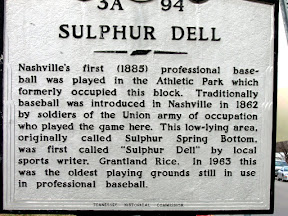
How did Sulpher Dell get its name?
From The Tennessean 10/30/02:
"The park was in a low-lying area south of Jackson Street along Fifth Avenue, just a bit north of the present-day James Robertson Parkway. The area was subject to flooding when the Cumberland River exceeded its banks. To its credit, this topography also made the spot a natural amphitheater.
"Another asset was the free-flowing sulphur water well on the ballpark's southern boundary. Players between innings could take a few steps to the well house for a cooling, if strange-tasting, refreshment. The first game there between organized teams was in 1866.
"Known early on as Sulphur Spring Bottom and later as Nashville Athletic Park, it got the better-known name of Sulphur Dell thanks to Grantland Rice, a legendary Tennessean sports writer. One day in the 1907-09 period, when Rice may have been struggling to find a topic, he suggested in a ''prankish moment'' renaming the bottom the dell.
"The name stuck with the locals, just as baseball had four decades earlier. (The irony that didn't go unnoticed was that this ''dell'' — the term for a tree-lined valley — was largely a coal-smoke-filled, flooding lowland. Part of it was even used as a city dump, its fires often sending out acrid fumes.)
"Nashville's 'Vols' were among the Southern League's eight teams in the first decade of the 1900s."
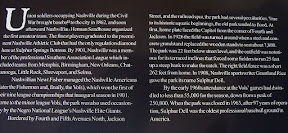
Hank Williams in a Nashville Vols cap.
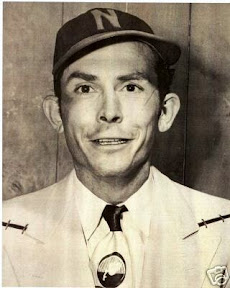
LBJ throws out the first pitch in 1961.

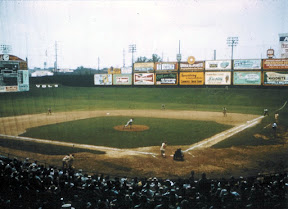
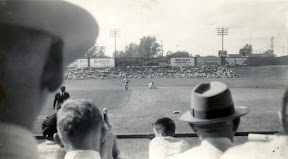
The area flooded frequently. This photograph was taken after the Cumberland River flooded in 1937.

In its heyday.

For sale.
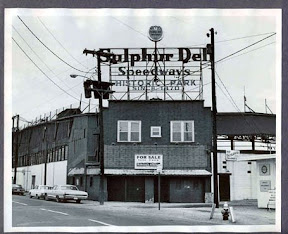
1 comment:
There are so many historic things to see in the Nashville area. I enjoyed the look at this one!
Post a Comment